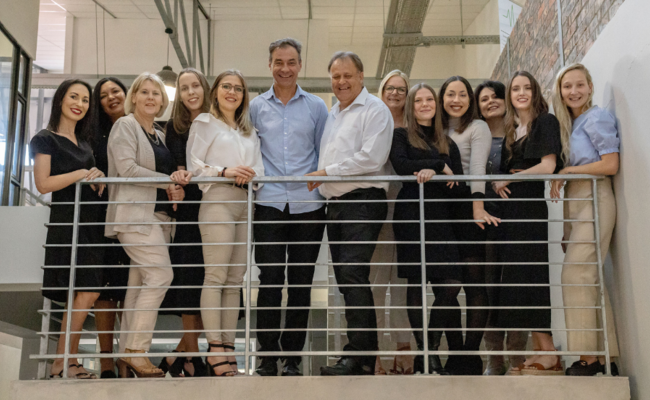The Anatomy of a Successful Interview – From Both Sides of the Table
An interview is more than just a conversation — it’s a crucial moment of connection between two people with aligned goals: one seeking opportunity, the other seeking talent.
But what makes an interview truly successful?
It’s not just about ticking boxes or rehearsing perfect answers. A successful interview creates clarity, builds rapport, and lays the groundwork for long-term alignment — for both the candidate and the interviewer.
In this post, we explore the anatomy of a great interview from both sides of the table — and how each can walk away feeling confident, respected, and informed.
👩💼 For Candidates: How to Show Up and Stand Out
1. Do Your Homework — And Go Beyond the Basics
A quick scan of the company’s website isn't enough. Dive deeper:
• Understand the company’s mission, recent news, and industry position.
• Research your interviewer(s) on LinkedIn.
• Prepare thoughtful questions that reflect genuine interest.
Why it matters: It shows initiative and separates you from those just “looking for any job.”
2. Know Your Story
Have a clear, confident narrative about your career journey:
• What drives you?
• Why this role? Why now?
• What challenges have shaped you?
Pro Tip: Use the STAR method (Situation, Task, Action, Result) to structure your answers with impact.
3. Ask Smart, Strategic Questions
Great candidates interview the company too. Consider asking:
• “What does success look like in this role after 6–12 months?”
• “What are the current team’s biggest challenges?”
• “How would you describe the team’s culture in practice?”
Why it matters: It shows you’re thinking beyond just the job title.
🧑💼 For Interviewers: How to Create a Strong Candidate Experience
1. Preparation Is Everything
Don’t wing it. Great interviewers:
• Review the candidate’s resume in advance.
• Prepare role-specific questions that go beyond surface-level.
• Align internally on what you're assessing (skills, culture fit, values).
Why it matters: Candidates can tell when you're unprepared — and it reflects on the company.
2. Make It a Two-Way Conversation
Remember: candidates are evaluating you, too.
• Share insights about the company’s vision, challenges, and what success looks like.
• Leave space for meaningful back-and-forth — don’t dominate the conversation.
Pro Tip: Be transparent about expectations, growth, and culture — not just the highlights.
3. Close with Clarity
Too often, interviews end with vague promises like “We’ll be in touch.” Instead:
• Set clear expectations: next steps, timeline, who will follow up.
• Offer space for final questions or thoughts.
Why it matters: A clear, respectful close boosts candidate trust and engagement — even if they’re not selected.
🧩 The Shared Goals: Connection, Clarity, and Fit
When both sides come prepared, the interview becomes more than just a step in a process. It becomes a space where:
• Authentic conversations unfold.
• Values align (or don’t — which is just as valuable).
• Decisions can be made with confidence.
A successful interview isn’t just about saying the right things — it’s about discovering if this is the right fit, at the right time, for both parties.
✅ Key Takeaways Candidate Tip and Interviewer Tip- Tell your story with intention Prepare specific, meaningful questions
- Ask strategic, role-relevant questions Make it a two-way conversation
- Reflect on values and goals Provide clarity on role and culture
- Leave with clarity End with next steps and respect
Let’s keep it personal, intentional, and impactful — from both sides of the table.






